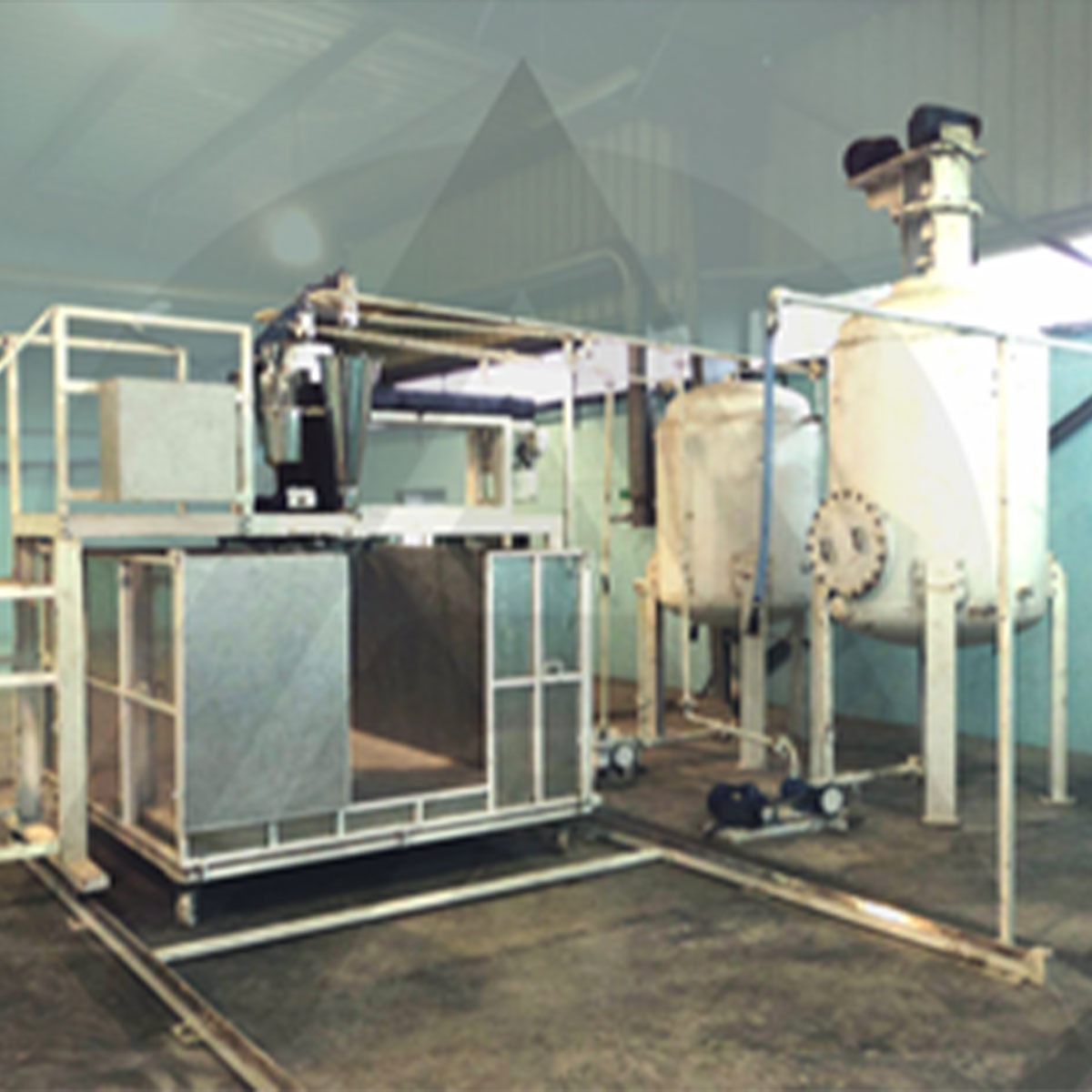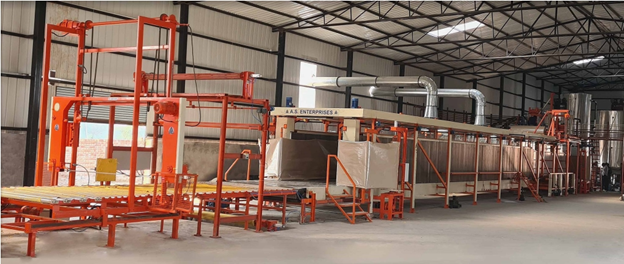

Polyurethane foam production is a versatile process with multiple manufacturing techniques tailored to meet specific industry needs. Two commonly used methods are box foaming and continuous foaming, each with distinct advantages, limitations, and applications. This article delves into the details of these processes, comparing their characteristics to help you make an informed decision when selecting the best method for your production requirements.
What is Box Foaming?
Box foaming, also known as batch foaming, is a traditional method of producing polyurethane foam. In this process, the foam components are poured into a mold or a box, where the chemical reaction occurs, causing the foam to expand and cure.
Key Features of Box Foaming:
- Batch Production: Foam is created in individual batches, allowing for precise control over the formulation of each batch.
- Customizable Shapes: The mold or box determines the foam’s final shape and dimensions.
- Manual or Semi-Automated: The process is often manually controlled but can also be semi-automated for efficiency.
Advantages of Box Foaming:
- Flexibility: Ideal for small-scale production or customized foam shapes and sizes.
- Precise Control: Enables manufacturers to adjust formulations for specific applications.
- Low Initial Investment: Minimal setup costs compared to continuous foaming systems.
Applications of Box Foaming:
- Specialty foam products requiring unique shapes or properties.
- Prototyping and small-scale production runs.
- Custom cushions, mattresses, or specialty foam for industrial applications.
What is Continuous Foaming?
Continuous foaming is a large-scale production method where foam is produced in a continuous process on a moving conveyor. Liquid polyurethane components are mixed and poured onto the conveyor, where the foam expands, cures, and is subsequently cut into desired sizes.
Key Features of Continuous Foaming:
- High-Volume Production: Designed for producing large quantities of foam efficiently.
- Uniform Output: Ensures consistent quality and density throughout the foam.
- Automation: Highly automated, requiring minimal manual intervention.
Advantages of Continuous Foaming:
- Efficiency: Produces foam at a much faster rate compared to batch methods.
- Cost-Effective for Large Runs: Ideal for high-volume manufacturing, reducing per-unit costs.
- Consistency: Delivers uniform density, texture, and quality across the foam output.
Applications of Continuous Foaming:
- Mass production of foam sheets, blocks, and rolls.
- Mattresses, upholstery, and insulation foam.
- Automotive and industrial applications requiring large quantities of foam.
Key Differences Between Box Foaming and Continuous Foaming
Feature | Box Foaming | Continuous Foaming |
Production Scale | Suitable for small to medium-scale production. | Best for large-scale, high-volume production. |
Customization | Allows for tailored formulations and shapes. | Limited customization; focused on standardized products. |
Cost | Lower initial setup cost. | Higher setup cost, but lower cost per unit in large runs. |
Consistency | May vary slightly between batches. | Highly uniform across the entire output. |
Speed | Slower production process. | Fast and efficient. |
Automation | Mostly manual or semi-automated. | Fully automated process. |
Choosing Between Box Foaming and Continuous Foaming
When to Choose Box Foaming:
- For small-scale production or when starting with limited capital.
- When customization of foam shapes, sizes, or formulations is required.
- For producing specialty foam or prototyping new products.
When to Choose Continuous Foaming:
- For large-scale production where efficiency and consistency are critical.
- When manufacturing standardized foam products, such as mattresses, rolls, or sheets.
- For industries that demand high throughput and cost efficiency.
Conclusion
Both box foaming and continuous foaming are essential polyurethane foam production techniques, each excelling in different contexts. Box foaming offers flexibility, customization, and lower initial costs, making it ideal for small-scale or niche applications. In contrast, continuous foaming is designed for high-volume production, delivering consistent quality and efficiency.
By understanding the strengths and limitations of these methods, manufacturers can select the most suitable process to meet their production goals, ensuring optimal quality, cost-effectiveness, and scalability for their foam products.







